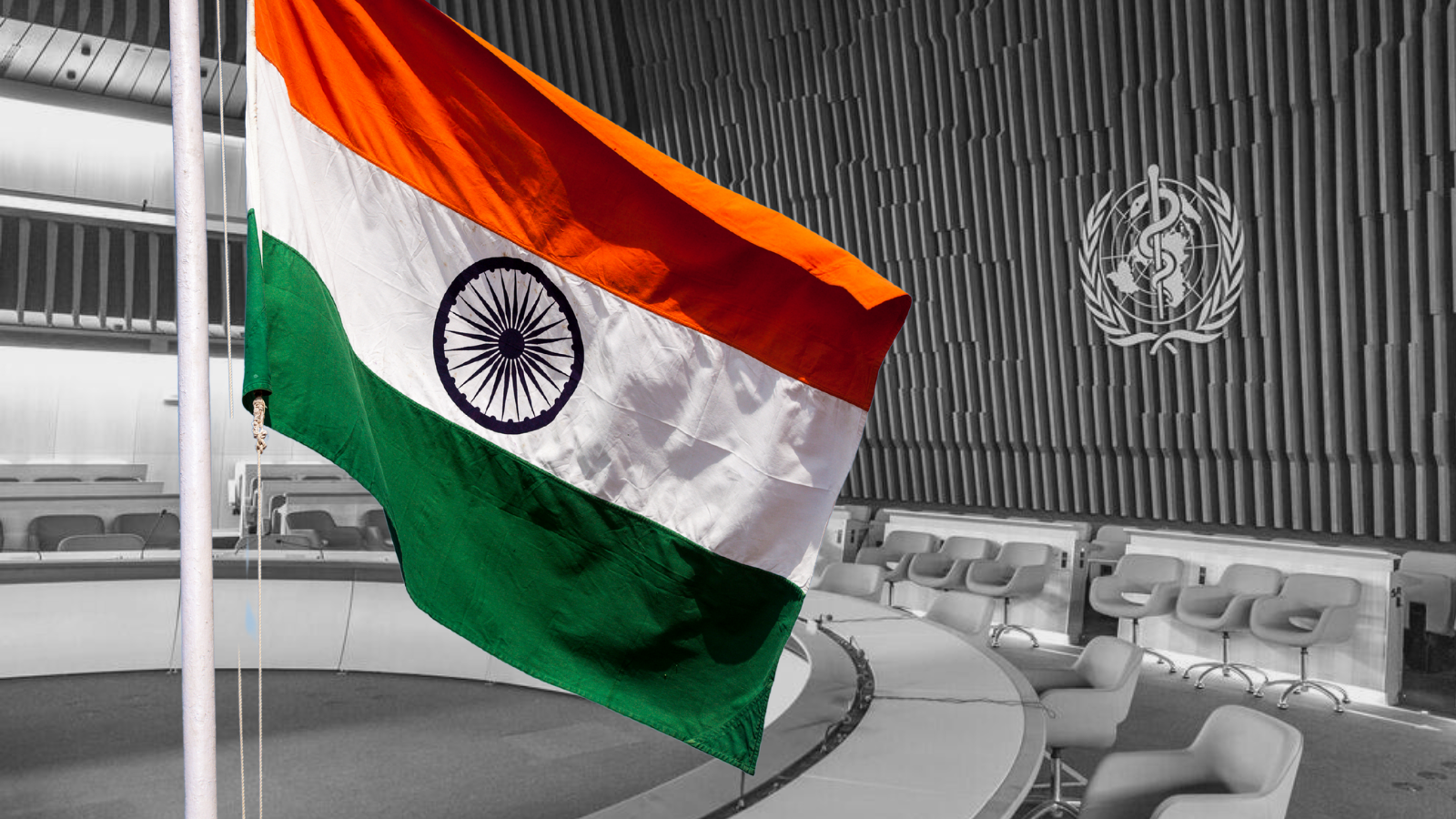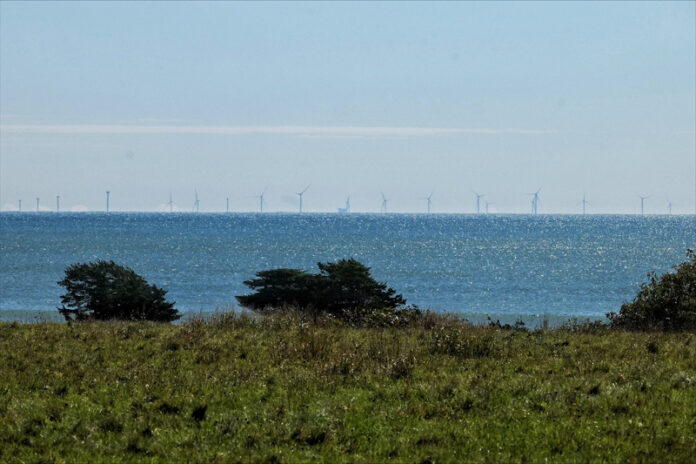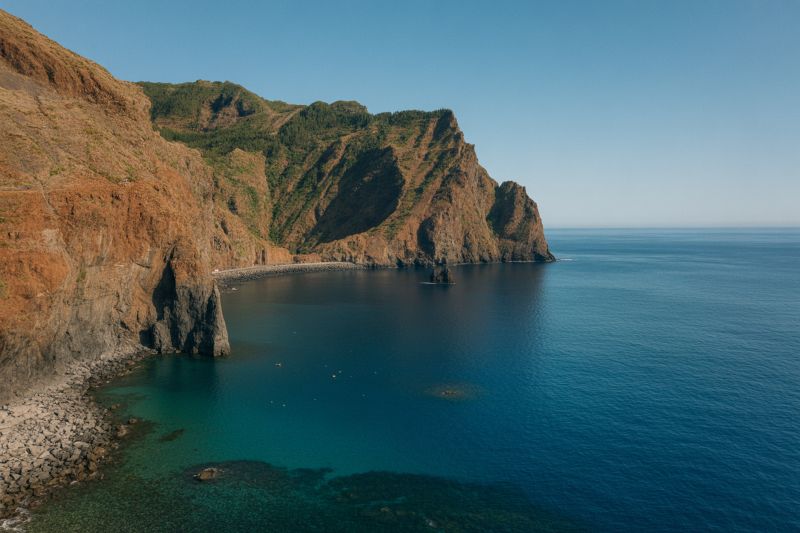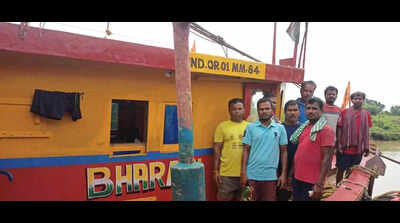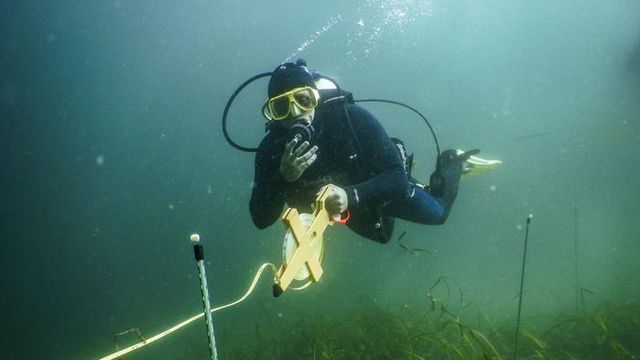In 6 months, PWF removes over 8,000 pounds of marine debris from Maui waters – Maui Now

Report on Marine Debris Recovery and Sustainable Development Goal Contributions in Maui
1.0 Executive Summary
This report details the marine debris recovery operations conducted by the Pacific Whale Foundation (PWF) on the shores and in the waters of Maui during the first six months of the current year. The efforts have resulted in the removal of substantial quantities of man-made debris, directly contributing to the achievement of several United Nations Sustainable Development Goals (SDGs), most notably SDG 14 (Life Below Water) and SDG 17 (Partnerships for the Goals). This document outlines the key achievements, statistical data, and the alignment of these conservation activities with the global sustainability agenda.
2.0 Key Recovery Achievements and Statistics
Over a six-month period, PWF’s conservation team executed a comprehensive response to marine debris threats, safeguarding Maui’s vital marine ecosystems. The primary accomplishments are as follows:
- Total Debris Recovered: 8,281 pounds
- Incidents Responded To: Over 25 reports of marine debris
- Significant Individual Recoveries:
- A single net weighing 2,647 pounds was recovered from the shore of Waiheʻe, representing the largest such recovery reported by PWF.
- The first in-water recovery operation at Mokuhoʻoniki was successfully completed.
- Reef Cleanup Dive Program: In an ongoing initiative supported by the County of Maui Environmental Protection & Sustainability Division, 1,170 pounds of debris were removed directly from critical reef habitats.
3.0 Alignment with UN Sustainable Development Goals (SDGs)
The conservation work undertaken by PWF and its partners demonstrates a strong commitment to the 2030 Agenda for Sustainable Development. The efforts are directly aligned with the following SDGs:
-
SDG 14: Life Below Water
This is the primary goal addressed by the recovery operations. The removal of 8,281 pounds of debris directly contributes to:
- Target 14.1: By 2025, prevent and significantly reduce marine pollution of all kinds, in particular from land-based activities, including marine debris.
- Target 14.2: By 2020, sustainably manage and protect marine and coastal ecosystems to avoid significant adverse impacts, including by strengthening their resilience, and take action for their restoration in order to achieve healthy and productive oceans. The protection of Maui’s coral reefs from debris is a direct action toward this target.
-
SDG 17: Partnerships for the Goals
The success of these operations highlights the importance of multi-stakeholder collaboration, a core principle of SDG 17. This is evidenced by:
- Target 17.17: Encourage and promote effective public, public-private and civil society partnerships. The collaboration between PWF, Maui Pacific Divers (private sector), the County of Maui Environmental Protection & Sustainability Division (public sector), and community volunteers (civil society) exemplifies this target in action.
-
SDG 11: Sustainable Cities and Communities
By maintaining the health of coastal ecosystems, these efforts enhance community resilience. This relates to:
- Target 11.5: By 2030, significantly reduce the number of deaths and the number of people affected and substantially decrease the direct economic losses relative to global gross domestic product caused by disasters, including water-related disasters, with a focus on protecting the poor and people in vulnerable situations. Healthy coral reefs serve as natural buffers against storm surge and coastal flooding, thereby protecting coastal communities.
4.0 Conclusion
The marine debris recovery efforts led by the Pacific Whale Foundation are a critical component of local environmental stewardship and a significant contribution to global sustainability targets. The removal of over 8,000 pounds of hazardous material from Maui’s marine environment directly advances SDG 14 by mitigating pollution and protecting ecosystems. Furthermore, the operational model, which relies on robust partnerships between non-profits, private entities, government, and the community, provides a powerful example of SDG 17 in practice. Continued support and community involvement are essential for sustaining these efforts and ensuring the long-term health and resilience of marine ecosystems and coastal communities.
Analysis of SDGs, Targets, and Indicators
1. Which SDGs are addressed or connected to the issues highlighted in the article?
-
SDG 14: Life Below Water
This goal is central to the article, which focuses on the removal of marine debris to protect marine life, coral reefs, and ocean ecosystems. The entire effort by the Pacific Whale Foundation (PWF) to recover thousands of pounds of debris from Maui’s shores and waters directly contributes to conserving and sustainably using the oceans and marine resources.
-
SDG 17: Partnerships for the Goals
The article highlights the collaborative nature of the cleanup efforts. It mentions partnerships between the PWF, community volunteers, other organizations like Maui Pacific Divers, and government bodies such as the County of Maui Environmental Protection & Sustainability Division. This demonstrates the importance of multi-stakeholder partnerships to achieve sustainability goals.
2. What specific targets under those SDGs can be identified based on the article’s content?
-
Target 14.1: Reduce Marine Pollution
The article directly addresses this target: “By 2025, prevent and significantly reduce marine pollution of all kinds, in particular from land-based activities, including marine debris and nutrient pollution.” The PWF’s work in recovering 8,281 pounds of marine debris, including a massive 2,647-pound net, is a direct action to reduce marine pollution.
-
Target 14.2: Protect and Restore Ecosystems
This target aims to “sustainably manage and protect marine and coastal ecosystems to avoid significant adverse impacts… and take action for their restoration.” The article mentions that the debris poses a threat to marine life and coral reefs and describes the “Reef Cleanup Dive Program” and an “in-water recovery operation” as efforts to protect “critical reef habitats” and “Maui’s reefs and marine ecosystems.”
-
Target 17.17: Encourage Effective Partnerships
This target is to “Encourage and promote effective public, public-private and civil society partnerships.” The article exemplifies this by stating the work wouldn’t be possible without “community support,” and explicitly names partners including “volunteers,” “individuals who report sightings,” “Maui Pacific Divers,” and the “County of Maui Environmental Protection & Sustainability Division.”
3. Are there any indicators mentioned or implied in the article that can be used to measure progress towards the identified targets?
-
Indicators for Target 14.1
While the official indicator is 14.1.1 (Index of coastal eutrophication and floating plastic debris density), the article provides direct, quantifiable data that serves as a proxy for measuring progress in reducing marine debris. These indicators are:
- Total weight of marine debris recovered: 8,281 pounds in six months.
- Weight of the largest single net recovered: 2,647 pounds.
- Weight of debris removed from reef habitats via the dive program: 1,170 pounds.
- Number of marine debris reports responded to: More than 25.
-
Indicators for Target 14.2
Progress towards protecting and restoring ecosystems is indicated by the specific actions taken. The indicators are:
- The implementation of the “Reef Cleanup Dive Program.”
- The execution of an “in-water recovery operation at Mokuhoʻoniki.”
- The mobilization of efforts to protect “critical reef habitats.”
-
Indicators for Target 17.17
The existence and success of partnerships are indicated by the specific collaborations mentioned. The indicators are:
- Partnership with a private entity: Maui Pacific Divers.
- Partnership with a government body: County of Maui Environmental Protection & Sustainability Division.
- Engagement with civil society: Involvement of community volunteers and individuals who report sightings.
4. Summary Table of SDGs, Targets, and Indicators
| SDGs | Targets | Indicators |
|---|---|---|
| SDG 14: Life Below Water | 14.1: By 2025, prevent and significantly reduce marine pollution of all kinds, including marine debris. |
|
| SDG 14: Life Below Water | 14.2: Sustainably manage and protect marine and coastal ecosystems and take action for their restoration. |
|
| SDG 17: Partnerships for the Goals | 17.17: Encourage and promote effective public, public-private and civil society partnerships. |
|
Source: mauinow.com

What is Your Reaction?
 Like
0
Like
0
 Dislike
0
Dislike
0
 Love
0
Love
0
 Funny
0
Funny
0
 Angry
0
Angry
0
 Sad
0
Sad
0
 Wow
0
Wow
0









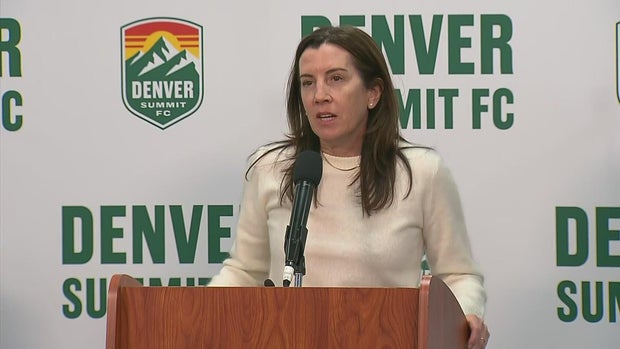

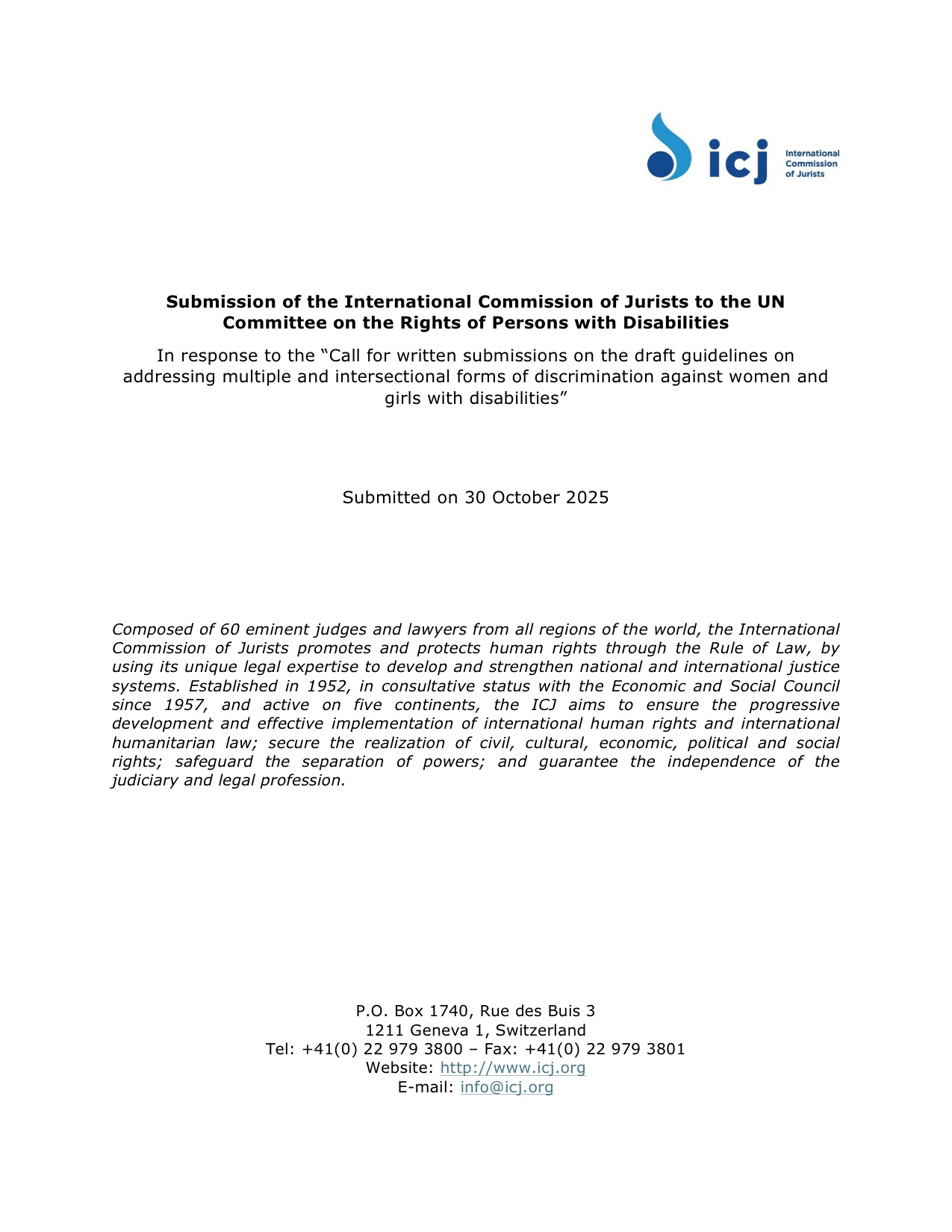






-1920w.png?#)






















;Resize=805#)


















